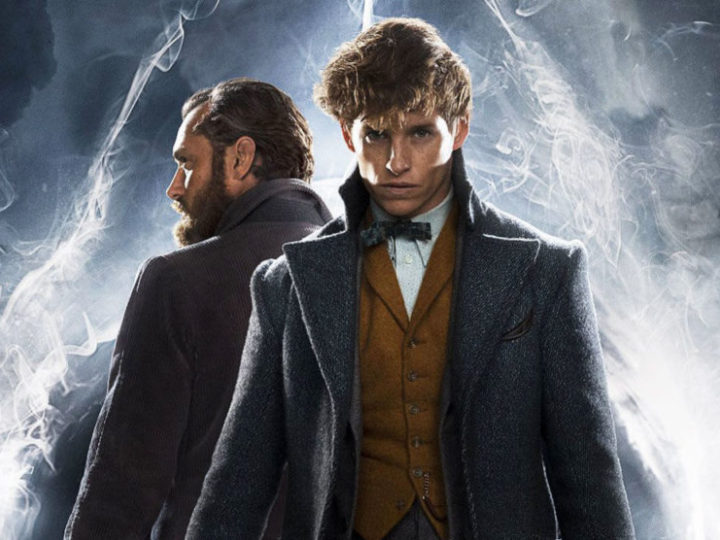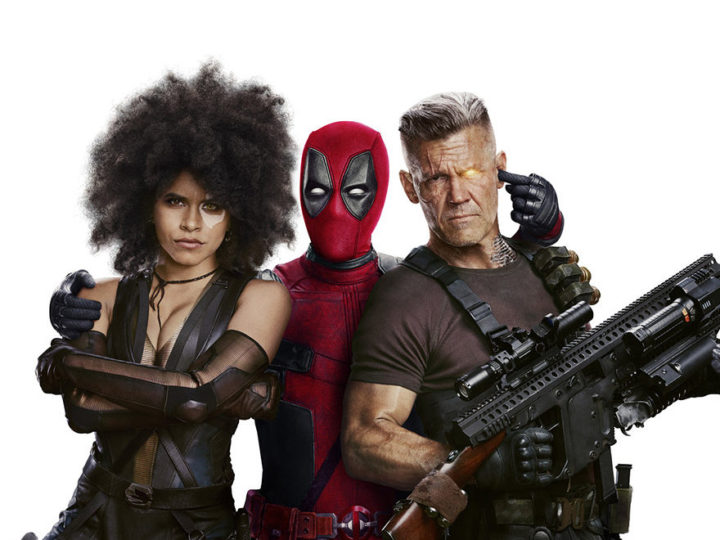In the 30s, Gustave the concierge of a grand hotel located at the boundary between East and West maintains a relationship with the elderly and wealthy clients of the institution.
Among them, one of the largest fortunes in the State of Zubrowka dies and leaves one of her paintings of great value to Gustave. But the angered son of the deceased makes every efforts to get the painting back and discredit the man with golden keys. Fortunately, he is helped by his lobby boy, the young Zero Moustafa.
For his latest film, Wes Anderson brings a high -end cast: Ralph Fiennes, Edward Norton, Tilda Swinton, Bill Murray, Jason Schartzmann, Adrien Brody, and Harvey Keitel…. In which fits the young Tony Revolori with ease and candor that take us into the crazy adventures of the superintendent and his assistant.
Every shot, every scene, is an excuse to laugh, excite or surprise us with a situation which only Wes Anderson has the secret.
The whole is punctuated by a lively and joyous music that encourage us to always follow the two heroes in their journey.
One could say that the director sometimes sacrifices substance over form, but here we have a real screenplay with a story that keeps us in suspense from beginning to end.
And this film shows us a sweet pink hotel, evoking Europe between the two world wars, in rising totalitarian and ultra-nationalists movements.
This film is also a technical marvel from a narration point of view (the flashbacks and flashforwards that occur between the 1930s, 1960s and 1980s) and by the ingenuity of the shots. Wes Anderson plays with the codes of directing by freeing himself from the 360 degrees rule (one should not film a character from the left side and the right side just afterwards neither, front, back … because it would be confusing for the audience, towards the placement of the actors in scenery for instance). For example there is a very ingenious shot where Ralph Fiennes compares himself with a figure from a painting. The shot gives the impression he is standing when he is actually lying down. There are a lot of brilliant scenes and each filmed with inventive point of views, unfortunately the list goes too far to mention all of them. Beyond giving a lot of pace to the plot, they reinforce the emotions delivered on screen by the actors. Static shots serve a sense of surprise, the close-ups, the tension (especially with a specific scene with Jeff Goldblum and Willem Dafoe). The film is also shot in 4/3 and not 16/9 as most of those we see today which adds a “vintage” side to the movie.
In addition to this perfect technique, the actors have the space to deliver their talent. The character of Ralph Fiennes is particularly interesting, charming, cold, extremely polite and rude at the same time, con men with principles, selfish and generous. Ralph Fiennes is at the top of his art.
A film at the same time beautiful, funny, moving, captivating, sprinkled with suspense and historical context fort. Add to that directing and interpretation at the top! A must-see movie.




